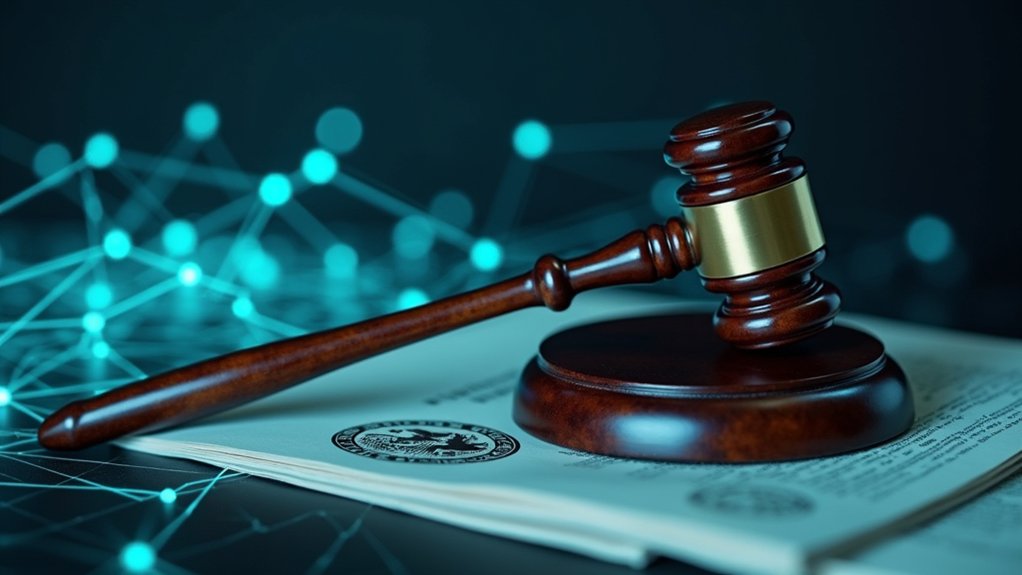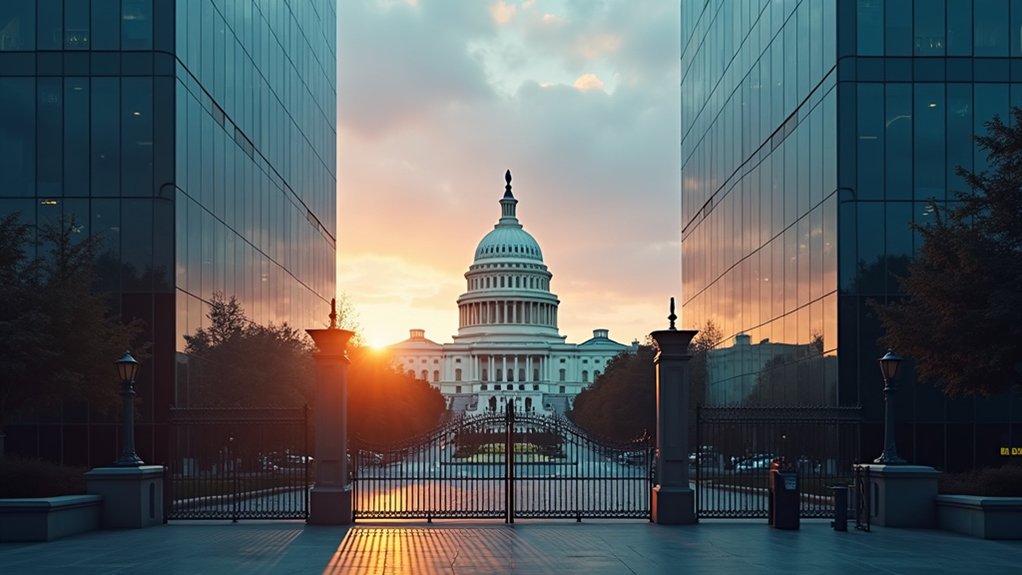How long can the U.S. regulatory apparatus afford to dither before decisively confronting the chaotic digital asset landscape it helped spawn? Enter the CLARITY Act of 2025, a legislative blueprint that, at last, attempts to impose regulatory clarity on a market notorious for its opacity and wild west ethos. By dividing oversight between the SEC and CFTC—assigning digital commodities primarily to the latter while reserving certain investment contracts and broker-dealer activities for the former—the Act aims to untangle the jurisdictional Gordian knot that has long stifled market innovation and fostered regulatory arbitrage. This bifurcation is not mere bureaucratic hair-splitting; it codifies operational rules and definitions that digital asset issuers, intermediaries, and exchanges have sorely lacked, effectively drawing battle lines on what qualifies as a digital commodity versus an investment contract. The Act’s insistence on blockchain maturity thresholds as a criterion for regulatory classification is a double-edged sword—introducing a semblance of order but risking rigidity in a rapidly evolving technological ecosystem. Moreover, the legislation introduces a provisional registration process for digital asset market participants, replacing previous models and establishing clear categories under the CFTC such as Digital Commodity Exchanges, Brokers, and Dealers, each with specific obligations and oversight. provisional registration process The coordinated rulemaking and memoranda of understanding between the SEC and CFTC are designed to ensure a unified regulatory approach and prevent conflicting requirements across agencies, fostering greater market integrity through joint regulatory oversight. Yet, the CLARITY Act’s real test lies not just in its legislative finesse but in its ability to catalyze responsible innovation, a goal often touted but rarely achieved when regulatory uncertainty looms large. Market participants—issuers, brokers, custodians—now receive a roadmap for compliance, theoretically reducing the legal fog that has deterred legitimate enterprise and discouraged consumer protection alike. The Act’s alignment with anti-money laundering standards via the Bank Secrecy Act adds teeth to enforcement, a necessary counterbalance to the sector’s speculative excesses. Bipartisan backing and the establishment of “Crypto Week” milestones underscore a growing consensus that the status quo is untenable. Still, one must question whether this framework, however well-intentioned, can keep pace without strangling the very market innovation it seeks to foster. In the high-stakes arena of digital assets, regulatory clarity is not a luxury but an imperative—one that the U.S. can neither delay nor dilute without risking billions in lost opportunity. This urgency is underscored by the $5.8 billion in enforcement fines levied against non-compliant actors in recent years.
Author
Tags
Share article
The post has been shared by 0
people.









